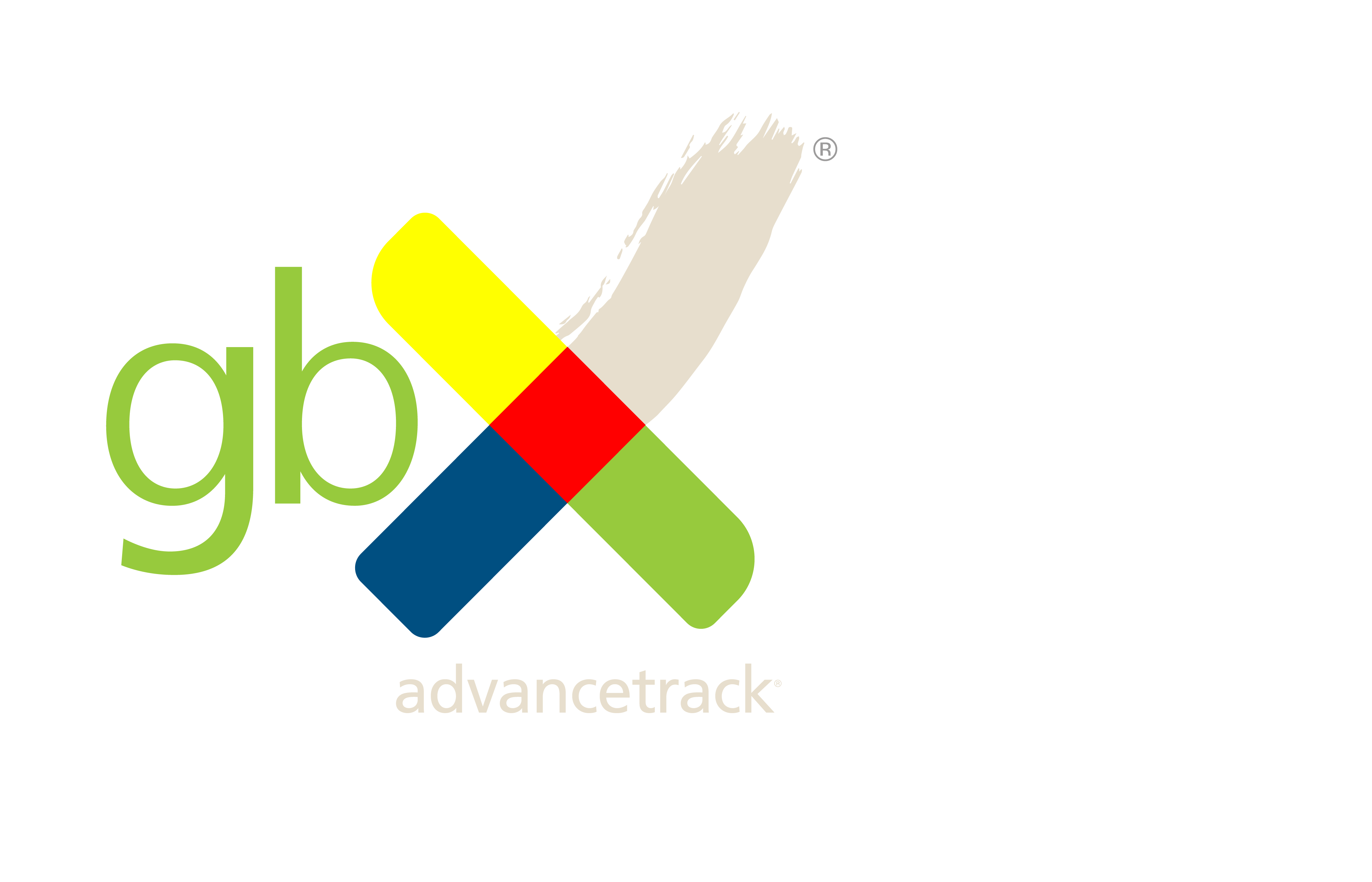
As an experienced accounting professional, you'll be well aware of the various changes and improvements in financial tech and (unless you’re living under a rock!), you won’t have missed one of the most significant shifts in recent years: the UK's Making Tax Digital (MTD) initiative.
Aiming to streamline and modernise the tax process, MTD intends to reduce errors and make it easier for businesses to keep on top of tax responsibilities, all while allowing company leaders time to focus on the bigger picture.
In this blog, we’ll explain what Making Tax Digital for business is, how MTD software works and discuss how to choose the right one for your business or account team.
Jump to:
What does Making Tax Digital mean?
How does Making Tax Digital software work?
How does Making Tax Digital affect accountants and bookkeepers?
Making Tax Digital for sole traders and the self-employed
Choosing the right Making Tax Digital software
Put simply, Making Tax Digital is a government strategy designed to transform the tax system in the UK, helping reduce the tax gap.
Along with reducing the tax gap, MTD’s overarching aim is to make it easier for the self-employed, sole traders and businesses as a whole to submit taxes correctly and keep on top of financial accounts. The idea is to achieve this by implementing the use of digital tools compatible with MTD to record and report tax information as well as file updates every quarter in a bid to bring the system closer to real-time.
Launched back in April 2019, the introduction of MTD for VAT marked the first phase of HM Revenue & Customs’ (HMRC) wider MTD initiative, targeting VAT-registered businesses with a taxable turnover that sits above the VAT threshold. These businesses were the first to be required to maintain digital records and use MTD-compatible software to submit their VAT returns.
In April 2022, MTD mandates were extended to include all VAT-registered businesses, regardless of their taxable turnover (with some exemptions).
As a result, all accountants and bookkeepers must be prepared to support clients with digital record-keeping and submitting VAT returns through HMRC-recognised MTD software.
As many accountants will know (and already be benefitting from), MTD software simplifies the process of maintaining digital tax records and submitting VAT returns directly to HMRC.
Here’s a basic rundown of how it works:
Since all VAT-registered businesses must use MTD-compatible software to keep and submit their VAT information, this means accountants and their clients must adopt digital solutions to comply with the regulations. Additionally, accountants and bookkeepers need to set up an agent services account via HMRC to manage these submissions effectively.
VAT-registered clients are now automatically enrolled in MTD for VAT upon registration, eliminating the need for manual sign-ups.
Research from accounting software provider, Xero, shows that 45% of businesses now consider their advisors more valuable to them than ever. Businesses are likely to seek expert accountancy advice and guidance on MTD, meaning clear communication is crucial in supporting clients through transitions like this. The same applies to businesses making the move to outsourcing or offshoring their accounting. Check out our FAQ: What do I tell my team about outsourcing accounting, and what it will mean for them?
As MTD is continuously evolving, businesses that are exploring the option to outsource their accounting with Advancetrack - even if your business is an accountancy firm - could unlock new opportunities by enabling the internal team to focus on strategic advice and growing client relationships. Ensuring your team has the scope to develop their knowledge will help maintain your clients' confidence and trust, solidifying your role as an invaluable advisor. For more advice on how this can be possible, here’s a guide to building a successful outsourcing strategy for accountancy and tax practices.
For sole traders and the self-employed, using HMRC-recognised software is essential for complying with MTD requirements. The right software enables the maintenance of digital records and the submission of quarterly and annual updates directly to HMRC from the platform.
If you’re a fast-growing sole trader or self-employed, it may be beneficial to consider outsourcing your accounting. By outsourcing accounting and allowing Advancetrack to help you select the software that’s right for your business, sole traders and the self-employed can minimise the administrative burden associated with record-keeping, allowing you to focus more on growing your business.
To select the right MTD software for your client or business, you’ll want to consider several factors to ensure it meets their needs:
Selecting the best Making Tax Digital software is a critical decision for any business or accounting team aiming to stay compliant and efficient.
By considering the factors above, you can find the right MTD software that aligns with your client’s needs. Whether you opt for QuickBooks, Xero, Sage or FreeAgent, investing in the right software will streamline processes and ensure compliance with HMRC regulations, ultimately driving your business towards greater efficiency and success.
If you’d like more guidance on Making Tax Digital, book a call with our experts today.






